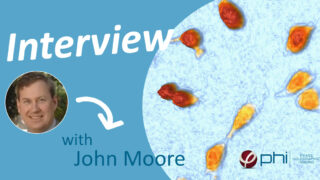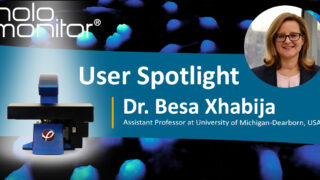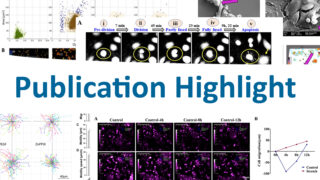Get ready for a new Applied Sciences Special Issue!
“Novel Approaches of Digital Holographic Microscopy in Cell Biology”
Dear Colleagues,
Dr. Kersti Alm
Cell culture as a method has developed into studying undisturbed cells in an environment as close as possible to the natural.
Digital holographic microscopy is well suited for this task, as it causes no phototoxicity and the monitoring does not affect the cells. Even though the use of digital holographic microscopy in cell biology is well established by now, the development of new applications is frequent.
This special issue is intended to collect and promote novel ways to apply digital holographic microscopy to study cells, and to show the wide spectrum of the technique and the possible applications. Our aim is to provide cell biology researchers with insight into a cell friendly, versatile method with high future potential within life science and medicine.
Prof. Dr. Anette Gjörloff Wingren
Guest Editors
Submit your manuscript
Do you use a HoloMonitor system in your research? Then, we would love to encourage you to join this Applied Sciences Special Issue! Please get in touch with our CSO Kersti Alm with any questions.
This special issue is now open for submission.
The deadline for manuscript submissions is 20 March 2024.
You find the manuscript submission information here.
About the Special Issue Guest Editors
We are thrilled that our CSO, Kersti Alm, was invited to join this special issue. Kersti is a powerhouse advocating for non-invasive live cell analysis and has dedicated her scientific career to developing a cell imaging method that will neither cause cell stress nor harm while also providing accurate kinetic data — digital holographic microscopy, a type of quantitative phase imaging (QPI). We are honored that she is joined by Malmö University Professor Annette Gjörloff Wingren. Annette is an expert in digital holographic cytometry and has been a PHI partner for many years.
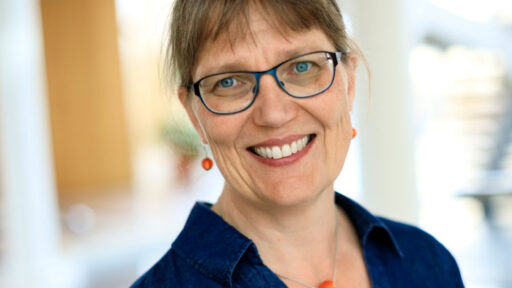
Phase Holographic Imaging PHI AB, Sweden
Guest editor also in Special Issue Applied Sciences: Applications of Digital Holography in Biomedical Engineering
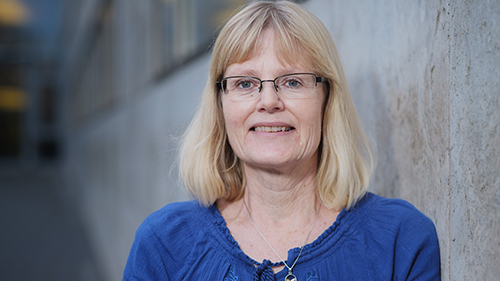
Prof. Dr. Anette Gjörloff Wingren
Malmö University, Sweden
Guest editor also in Special Issue Applied Sciences: Applications of Digital Holography in Biomedical Engineering and Applied Sciences: Detection and Imaging of Tumor Cells in a 3D Environment
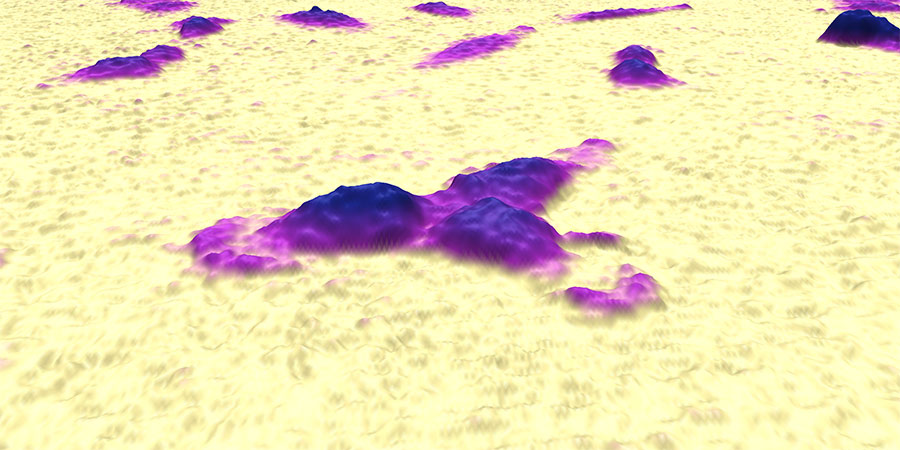
Do you know someone who would be interested in joining this Special Issue? We appreciate your help in spreading the word among your colleagues and fellow researchers. Thank you!
